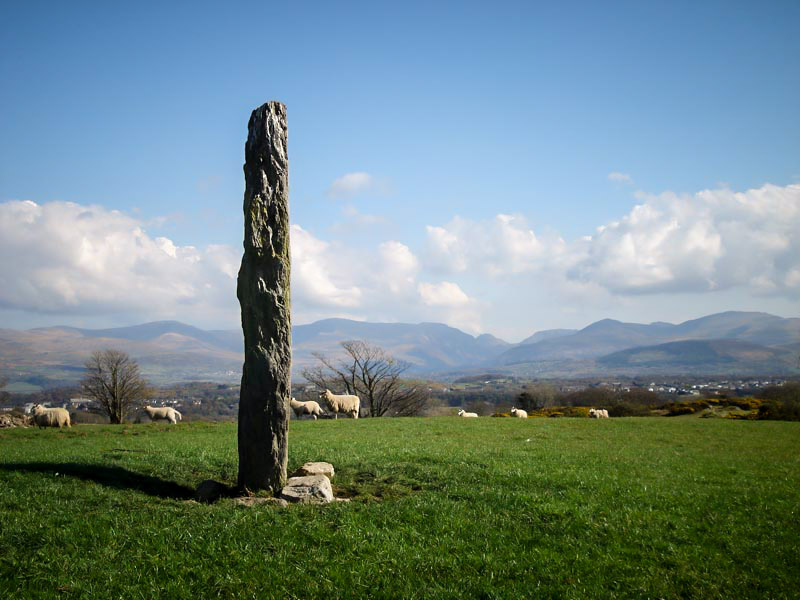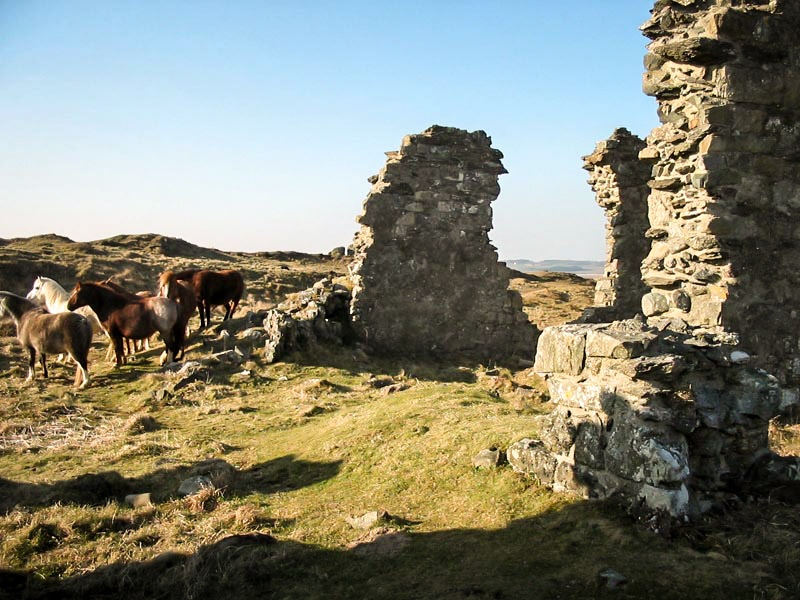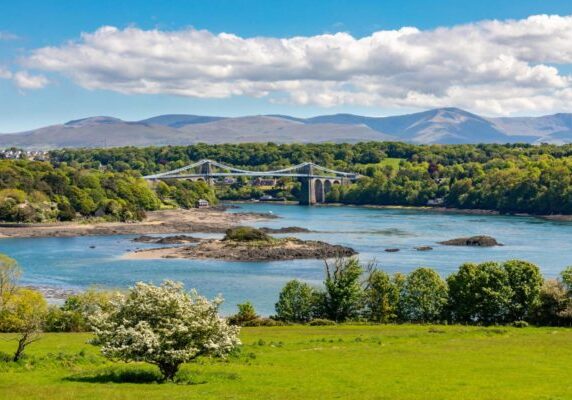It is thought Fodol is derived from the Welsh word Hafodol meaning “summer place” or “summer meadows” and Fodol Cottages are situated in green, natural open spaces edged with deciduous woodland. However, the recent discovery of an 19 century Ordnance Survey map showed the property names as Bodol meaning existing or bodolaeth meaning existence in a mutated form the word becomes fodolaeth or fodol.
Llandegfan translates to the Church of St. Tegfan with the first church built here before 450 AD, at the time the first Christian saints began preaching their faith to the Celts. St Tegfan’s church can be reached via the footpaths network from Fodol Cottages.
The Llandegfan standing stone, not far away, is a tall and slender stone pillar standing high on a ridge and overlooking the valley with views of mythical Snowdonia. The earliest water and windmills were probably built during the Roman occupation, and Llandegfan had both; to mill corn and weave cloth. Cadnant Mill can be reached via the footpath network from Fodol Cottages and its surrounds.
The river Cadnant flows through Llandegfan from its source at Llanddona. Over the centuries it has been used for milling corn and weaving. This was the scene of the Battle of Cadnant Brook in c.560 AD, where Rhun Hir, King of Dyfed defeated Prince Elidyr Mwynfawr (the Wealthy) of Strathclyde slaying him on Cadnant Brook where he had arrived with his northern army to claim the throne for his wife, St Eurgain, the eldest legitimate half-sister of Rhun.
From the peaceful seclusion of Fodol Cottages, wander out to visit the Neolithic tombs and Bronze Age round barrows, the Roman influenced villas, the scenes of Irish incursions to the Island, a Norman motte, the birthplace of the House of Tudor, the lunar landscape of the great copper mines at Parys Mountains, and the last great Edwardian Castle to be built at Beaumaris. The Island is steeped in history with many ancient pilgrims’ footpaths and nature trails crossing the Island passing holy groves, wells and stones.
See Also:
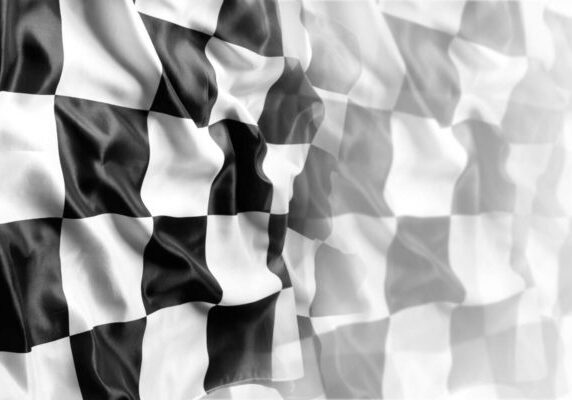
Anglesey Circuit
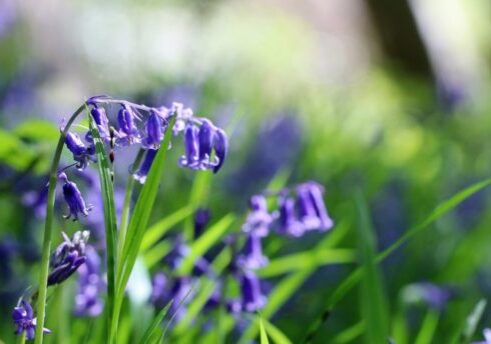
Flora & Fauna
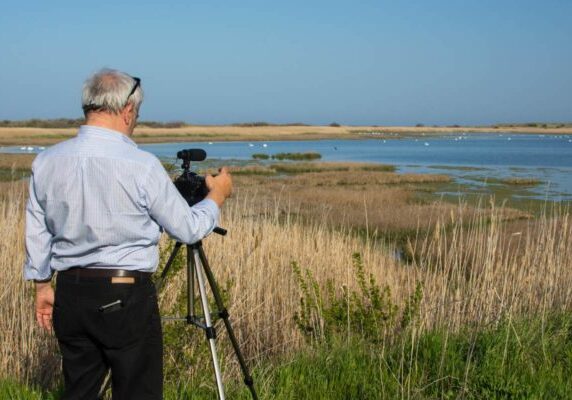
Birdwatching
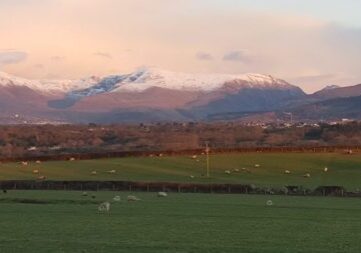
Climbing, Mountaineering, and Scrambling
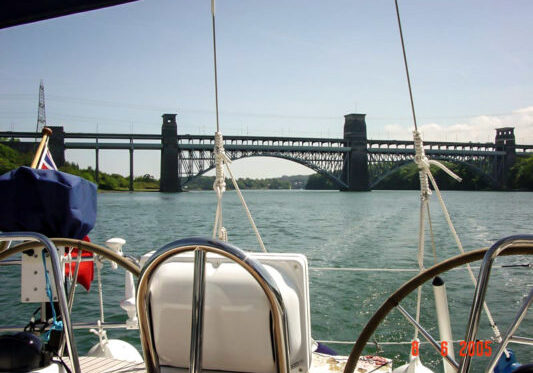
Sailing & Boat Trips
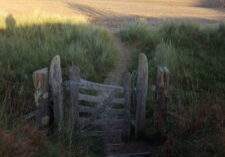
Beaches & Coastline
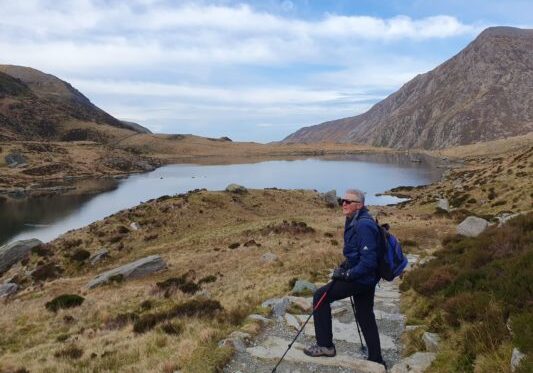
Ideal for Walkers

